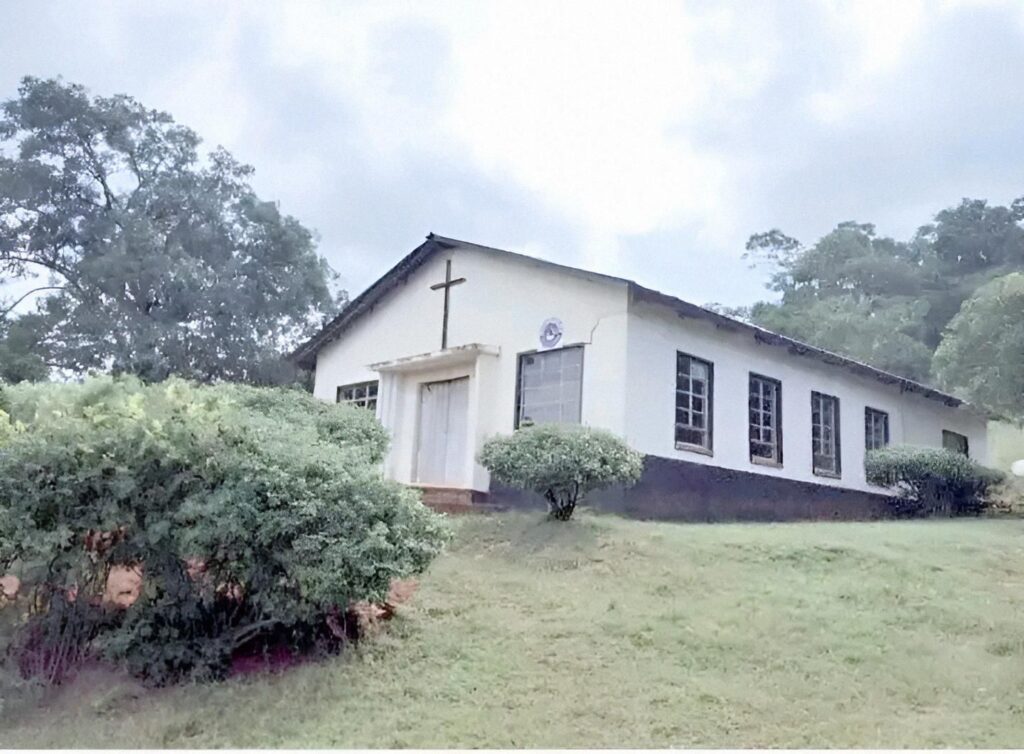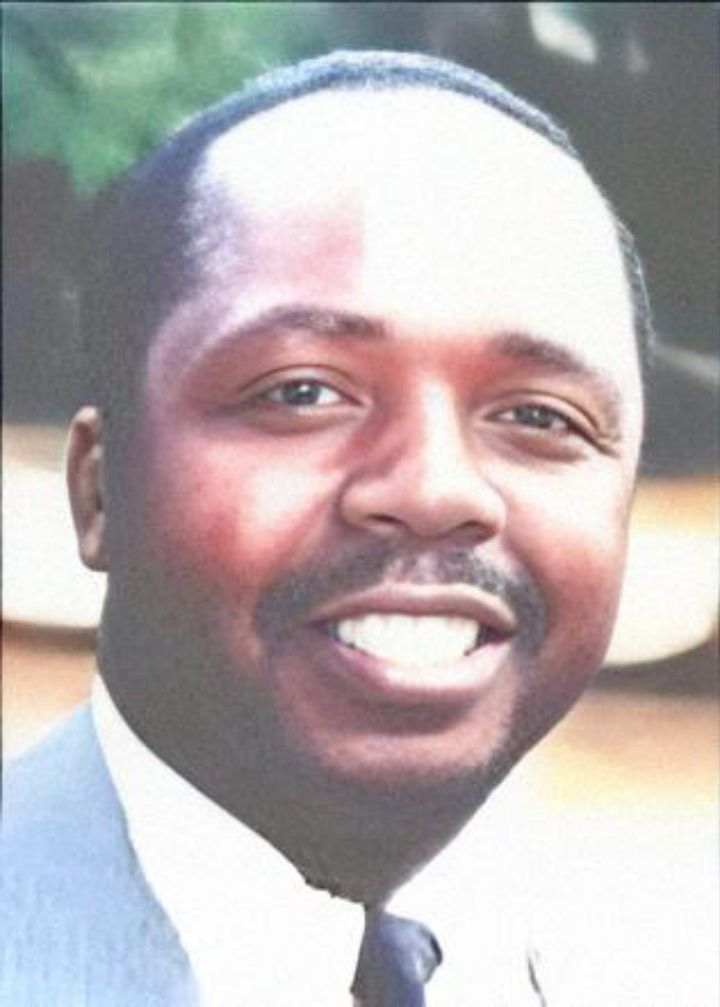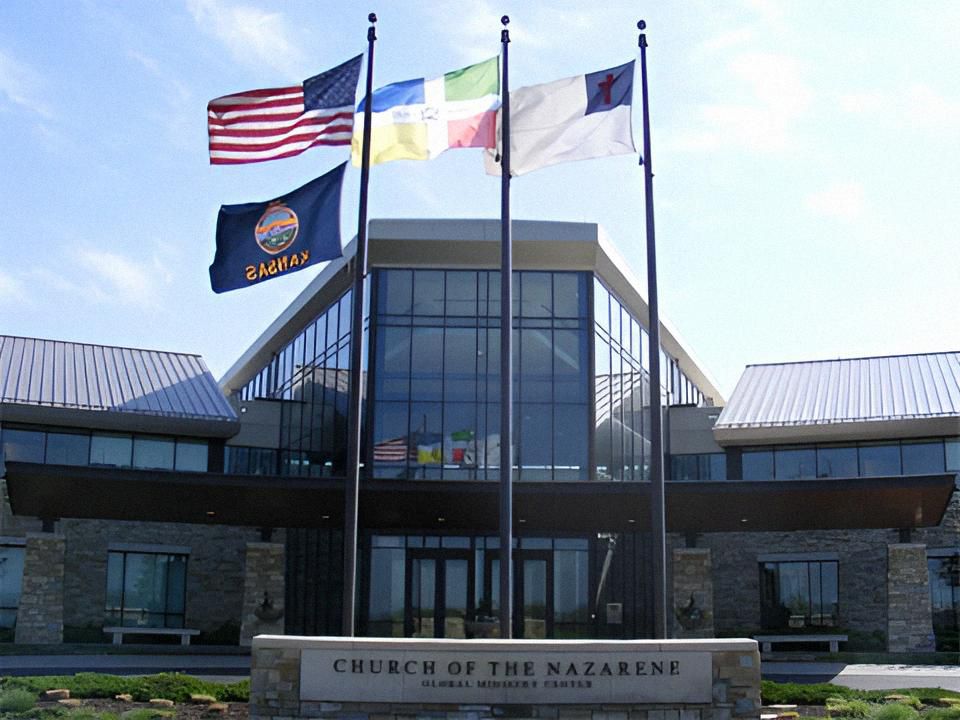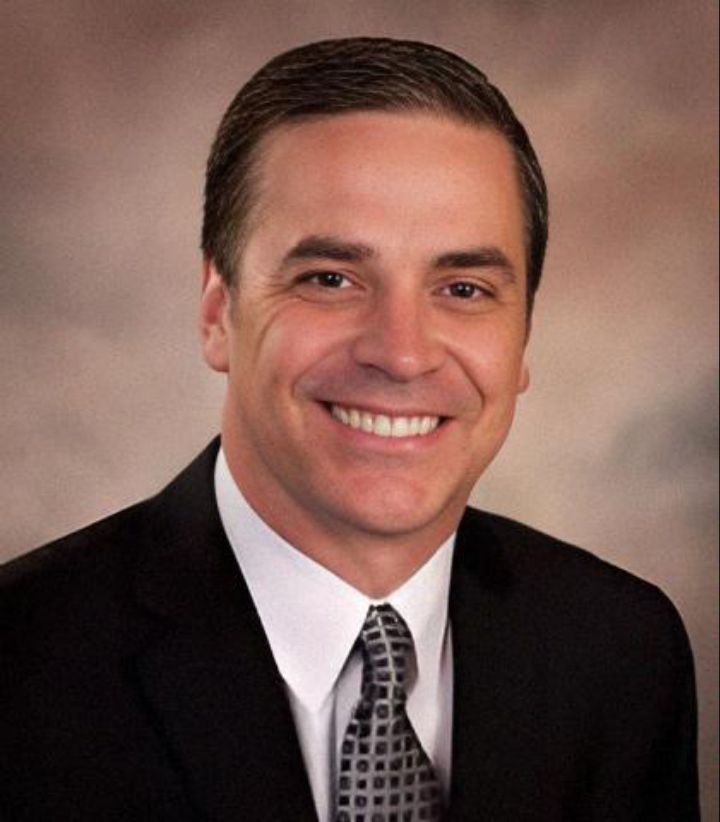I Visited the First Church of the Nazarene to Be Built in 1964 in Zambia.
I came across a post on the official Facebook page of the Church of the Nazarene Posted on March 16, 2012. The post was about the very first Church of the Nazarene to be constructed in Zambia—a structure built in 1964. The moment I saw it, something stirred in me and I knew I had to go see it for myself.But before I made my trip, I reached out to the Church of the Nazarene Global Ministry Center. I wanted to know: How many churches are there in Zambia today? What is the current membership and Other Statistics and history related to the Chipongwe Church? I’ll share the exact details with you as we go forward In October 2023 I set out on a journey to visit this historic church. I had the humble privilege of Talking to the then (late) presiding pastor, pastor Mwachiyaba before the trip who shared a little of its backstory. He shared that the first pastor of the Chipongwe Church was Rev. Banda who later went on to pastor Chikumbi Church of the Nazarene. He was succeeded by Rev. Kalulu then Rev. Nagoma. Rev. Banda returned once again to pastor the church after retiring in 1986. To help you picture it better here’s where this church stands today within the Africa Southeast Field of the Africa Region, More specifically, it is found in the Zambia South District. Chipongwe Church is Located in Shimabala Area Along Kafue Road Before Shimabala Tall Plaza or Tall Gate The church is located about 36 kilometers from the Central Business District (CBD) of Lusaka. It sits in a beautiful area—peaceful and full of history.As I traveled through the Zambia South District, I took time to gather bit of it’s history. The Church of the Nazarene entered Zambia in 1961 as compiled by Howard Culbertson. During that time Leadership served the entire country the first indigenous District Superintendent was Reverend Nicholas Chirwa who served as pastor for chikumbi church of the Nazarene in 1974 and pastored chilenje church in 1975 before becoming the first Indinginus District superintendent in 1976 He held this position for 10 years serving until 1986. In 1990, Pastored Kalimansenga Church of the Nazarene until his retirement at the end of 2020. History is beautiful isn’t it? There are solder’s of the Cross who have indeed made history Beautiful. other early churches like Woodlands, Matero, Chikubi and many more. Today according to the Global Ministry Center’s response to my inquiry, the Church of the Nazarene in Zambia has 388 churches spread across the country, with a membership of over 67,264. Let me give you a few Churches sorrounding this beautiful old Golden Treasure within Zambia South District. Misisi Church of the Nazarene Mtendere Church of the Nazarene Nampundwe Church of the Nazarene Nangoma Church of the Nazarene New Jim Church of the Nazarene State Lodge Church of the Nazarene Trinity Church of the Nazarene Woodlands Church of the Nazarene Zambia Copperbelt Church of the Nazarene Zambia South Church of the Nazarene Magazine Church of the Nazarene Mapepe Church of the Nazarene Matero Church of the Nazarene Cornerstone Church of the Nazarene John Laing Church of the Nazarene Kabwata Church of the Nazarene Kafue Church of the Nazarene Kalimasenga Church of the Nazarene Kalingalinga Church of the Nazarene Kanyama Central Church of the Nazarene Kanyama South Church of the Nazarene Kanyama West Church of the Nazarene Bauleni Church of the Nazarene Bethel Church of the Nazarene Chatwika Church of the Nazarene Chazanga Church of the Nazarene Chelstone Church of the Nazarene Chikumbi Church of the Nazarene Chilenje Church of the Nazarene Chipata Church of the Nazarene Chipongwe Church of the Nazarene Triumph church of the Nazarene Power of love Church of the Nazarene Power of change church of the Nazarene Power of faith Church of the Nazarene Power of Praise Church of the Nazarene








